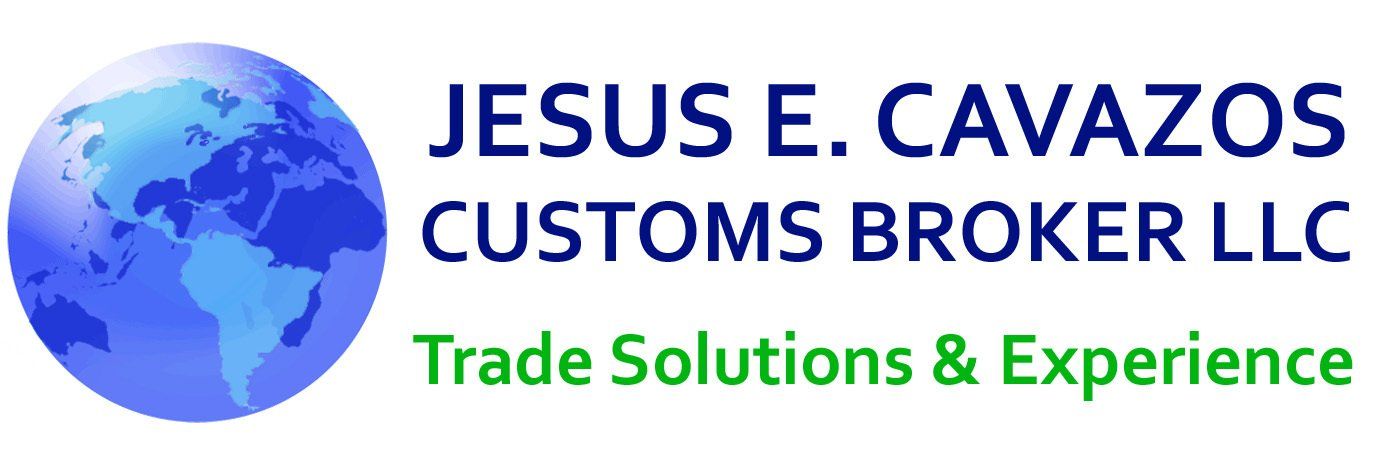Examination of goods and documents is necessary to determine, among other things:
- The value of the goods for customs purposes and their dutiable status,
- Whether the goods must be marked with their country of origin or require special marking or labeling. If so, whether they are marked in the manner required,
- Whether the shipment contains prohibited articles,
- Whether the goods are correctly invoiced,
- Whether the goods are in excess of the invoiced quantities or a shortage exists,
- Whether the shipment contains illegal narcotics.
Prior to the goods release, the port director will designate representative quantities for examination by CBP officers under conditions that will safeguard the goods. Some kinds of goods must be examined to determine whether they meet special requirements of the law. For example, food and beverages unfit for human consumption would not meet the requirements of the Food and Drug Administration.
One of the primary methods of smuggling narcotics into the United States is in cargo shipments. Drug smugglers will place narcotics inside a legitimate cargo shipment or container to be retrieved upon arrival in the United States. Because smugglers use any means possible to hide narcotics, all aspects of the shipment are examined, including container, pallets, boxes, and product. Only through intensive inspection can narcotics be discovered. We strongly encourage importer clients to participate in the voluntary C-TPAT program to protect shipments from being used by unknown third parties to smuggle drugs.
CBP may use nonintrusive inspections, such as x-ray machines, etc. or they may order the unloading of your shipment so that they can inspect it. If CBP orders the unloading of your shipment, you will be billed for the unloading and reloading of your trailer.

